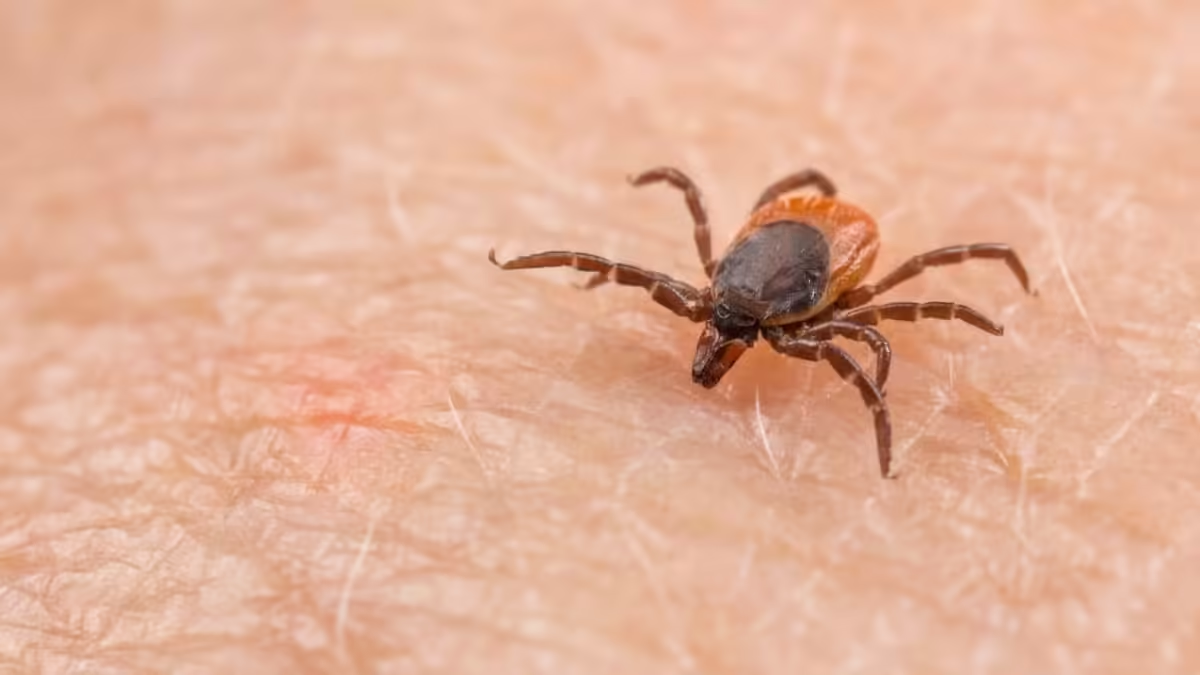Following the global pandemic caused by COVID-19, a new virus known as Wetland Virus (WELV) has emerged in China, raising alarms due to its potential to infect humans through tick bites and its associated neurological impacts.
WELV was first identified in June 2019 in a 61-year-old patient from Jinzhou who became ill after being bitten by ticks in the wetlands of Inner Mongolia. According to a report published in The New England Journal of Medicine, the infected patient experienced symptoms such as fever, headache, vomiting, and antibiotic-resistant symptoms.
This tick-borne virus is part of a larger group of viruses that are transmitted by ticks and can lead to severe illnesses in humans, similar to the Crimean-Congo hemorrhagic fever virus. Following its discovery, researchers conducted an extensive investigation, collecting nearly 14,600 ticks from various locations in northern China. Of these, 2% tested positive for WELV genetic material.
The virus has also been detected in several animal species, including sheep, horses, pigs, and rodents known as Transbaikal zokor. Laboratory studies revealed that WELV causes cytopathic effects in human umbilical vein endothelial cells and can lead to severe infections in animal models.
Further analysis of blood samples from forest rangers in the region showed antibodies to WELV in approximately 12 out of 640 individuals tested. Among patients with tick bites, 20 individuals were found positive for the virus, exhibiting symptoms such as fever, dizziness, headache, nausea, and diarrhea. Notably, one patient fell into a coma due to elevated white blood cell counts in the brain and spinal fluid.
While all affected patients reportedly recovered after treatment, laboratory experiments on mice indicated that WELV could cause lethal infections and impact the nervous system, particularly the brain.
Researchers concluded, “Taken together, these data suggest that a newly discovered orthonairovirus, WELV, is pathogenic to humans and circulates among humans, ticks, and various animals in northeastern China.” They emphasized the importance of enhancing surveillance and detection for emerging orthonairoviruses to better understand their impact on human health.


